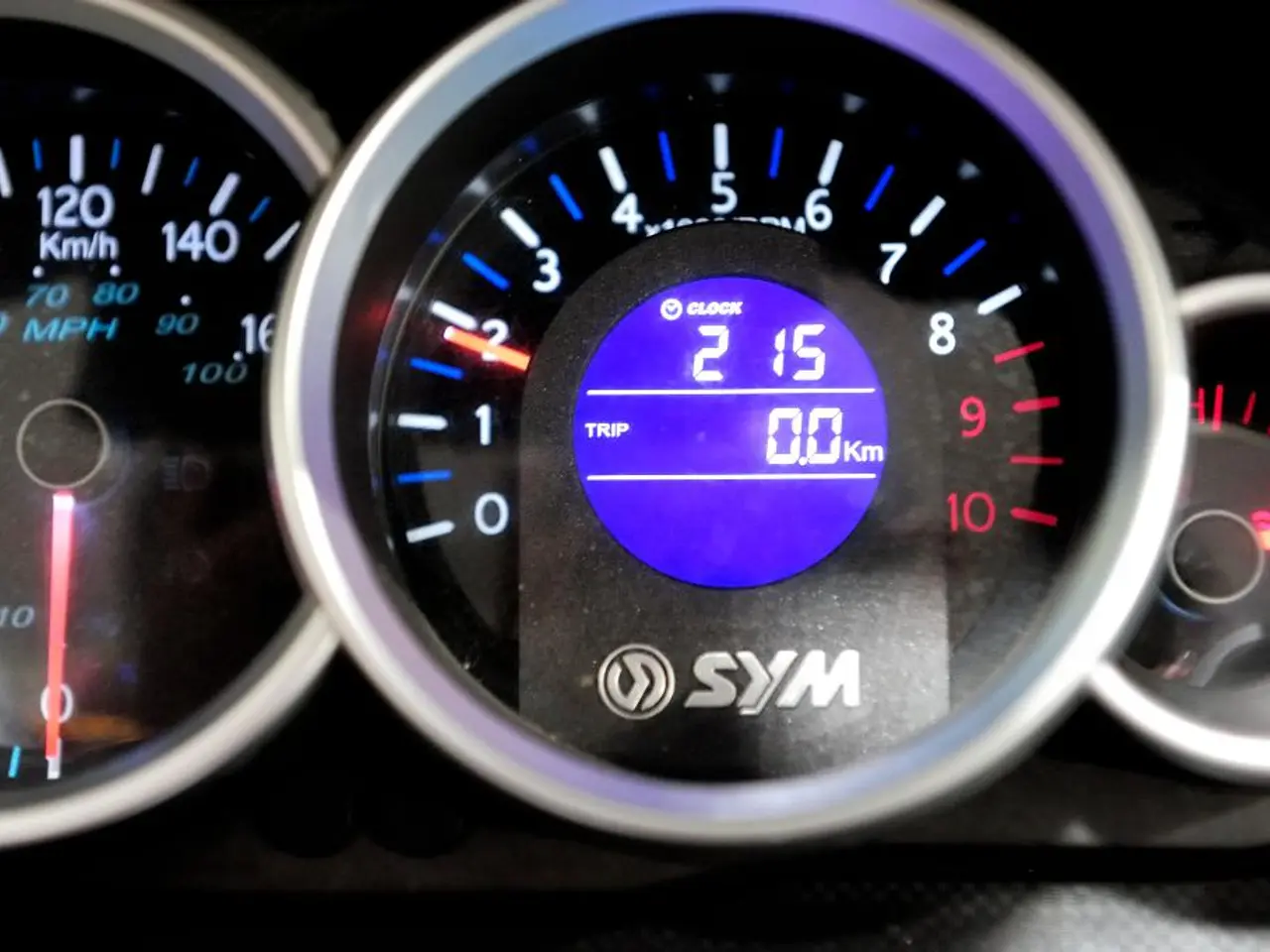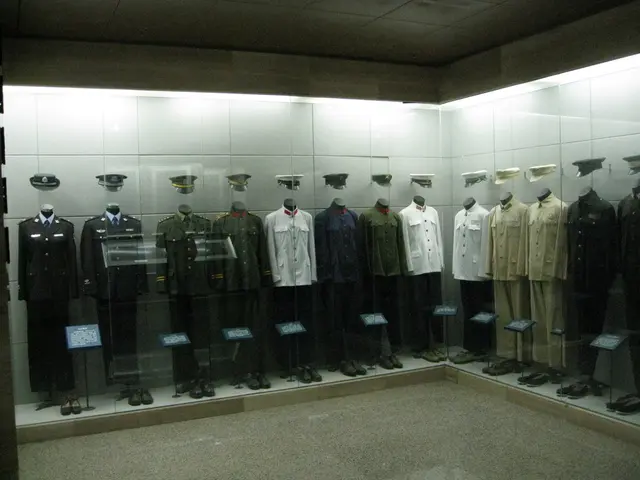Estimating Celsius and Other Mental Measures - Exclusively for U.S. Residents
Making Sense of Temperatures and Distances: A Guide to Field Expedient Conversions
For many, the intricacies of mathematical conversions between the metric and imperial systems can be a challenge. Whether it's temperatures or lengths, these conversions often require a calculator or a conversion table. However, in situations where precise calculations aren't feasible or necessary, there are some simple, field expedient methods that can help.
Temperature Conversions
When it comes to temperatures, a quick estimate can be made by doubling the Celsius value and adding 30 to get an approximate Fahrenheit temperature. For example, 20°C roughly equals ( 2 \times 20 + 30 = 70^\circ F ). This method, while not exact, provides a reasonable ballpark for everyday use, especially around room temperature.
Another practical trick is to note that 0°C ≈ 32°F and 100°C ≈ 212°F, so halfway at 50°C is about 120°F, useful for quick linear interpolation.
Length Conversions
For small lengths, 1 inch ≈ 2.5 cm, so to convert centimeters to inches, divide by 2.5 roughly. For example, 25 cm is about 10 inches.
For longer distances, 1 kilometer ≈ 0.6 miles (more precisely 0.621), so to convert kilometers to miles, multiply by 0.6 for an easier mental estimate. Alternatively, 1 mile ≈ 1.6 km, so doubling a kilometer measurement and subtracting a bit can help estimate miles (e.g., 5 km × 2 = 10, minus a bit = ~3 miles).
These heuristics avoid complex arithmetic and give you a quick, reasonable approximation useful in the field where precise calculations aren't feasible or necessary.
Additional Context
People often intuitively mix metric and imperial units, thinking in Fahrenheit for weather around room temperature and Celsius for hotter conditions, and switch length units based on scale (mm or cm for small measurements, miles for long distances).
No detailed conversion tables are needed if you apply these mental rules, which provide a practical balance between accuracy and ease of calculation. Knowing that 35 degrees Celsius is summer-weather hot can help with understanding temperatures. Halving the number of kilometers can provide a low estimate.
However, it's important to note that the error in the field expedient method increases as the temperature rises. For example, the field expedient method would estimate an AMD CPU currently at 48 degrees Celsius as 121 degrees Fahrenheit, instead of the correct 118 degrees Fahrenheit.
In conclusion, while these field expedient methods may not provide the precision of a calculator or conversion table, they offer a practical solution for quick, rough estimates in situations where precise calculations aren't necessary.
In the context of approximating temperatures, science can aid in understanding the relationship between Celsius and Fahrenheit, such as doubling the Celsius value and adding 30 to get an approximate Fahrenheit temperature. On the other hand, technology plays a role in our lifestyle by providing practical tricks, like remembering that 1 inch approximately equals 2.5 centimeters when converting small lengths.




